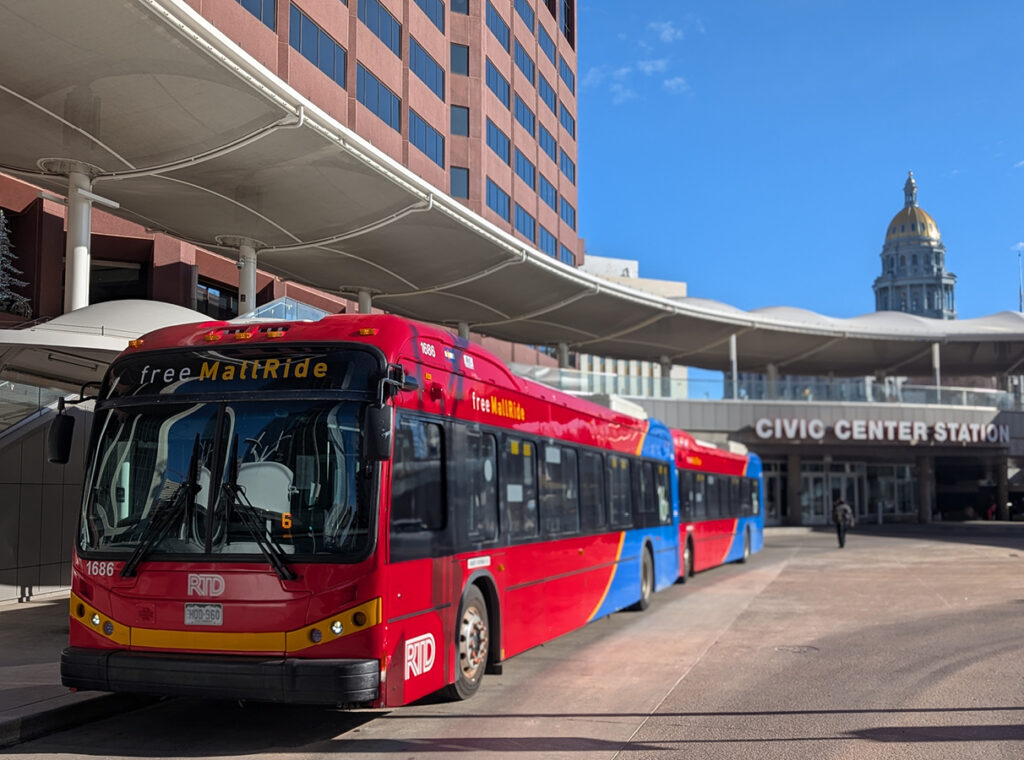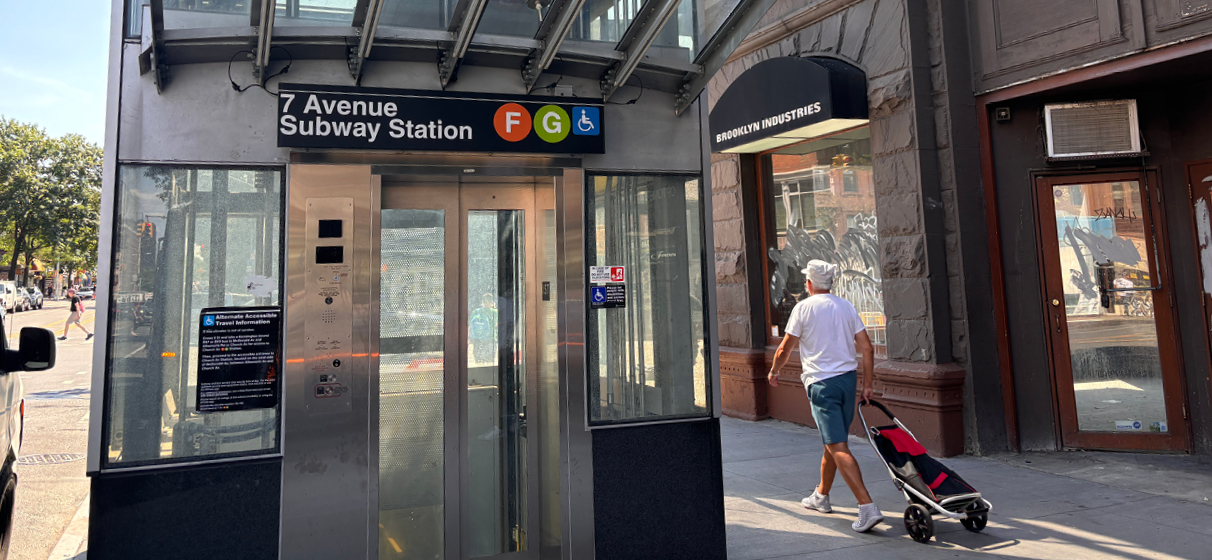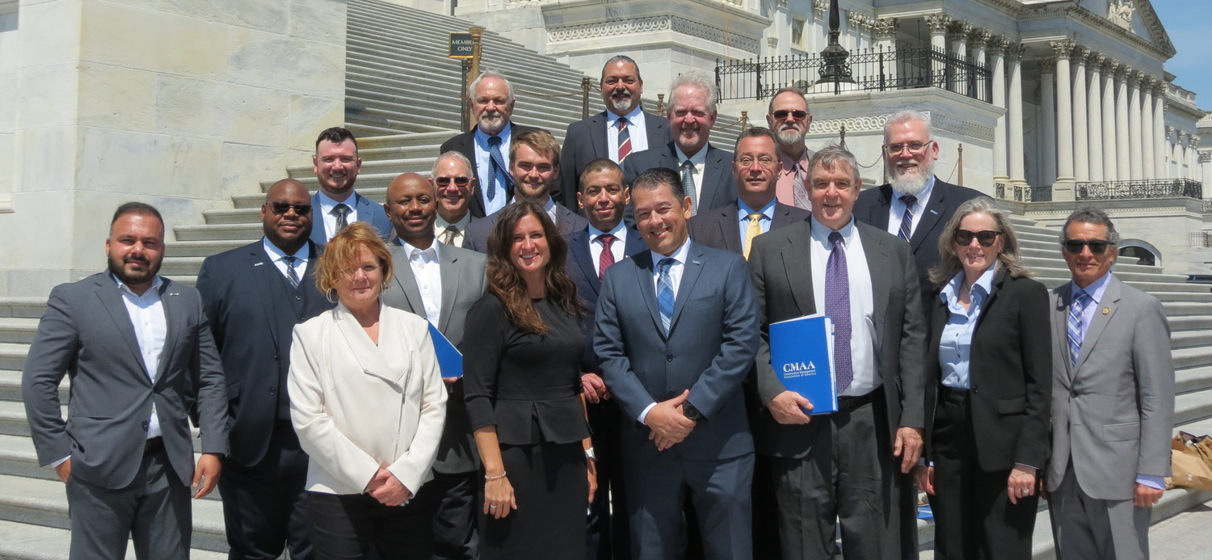Nearly two years removed from when the U.S. Access Board finalized the Public Right-of-Way Accessibility Guidelines (PROWAG) – a significant milestone in guiding how infrastructure projects achieve compliance with the Americans with Disabilities Act (ADA) – the accessibility of pedestrian facilities within public rights-of-way remains a critical topic across the nation.
PROWAG marked a significant next step for the ADA, which passed in 1990 and mandated that state and local governments ensure that all programs and facilities are accessible to individuals with disabilities. While initial guidelines focused primarily on buildings and facilities, the need for specific standards in public rights-of-way became apparent due to the diverse environments these projects inhabit. PROWAG was developed to fill this gap, offering a set of minimum accessibility standards tailored for pedestrian facilities.
Still, there is a recognized variability in the natural and built environments in which our projects exist that presents both challenges and opportunities. That’s why at STV, our work is grounded in the principle that when delivered correctly, infrastructure inherently should serve all users.
Bridging Legislation and Practice
Following ADA’s passage, federal agencies continued to create rules to enforce it, starting with the ADA Accessibility Guidelines in 1991, which set standards for buildings. As needs evolved, new standards were added for recreational areas, transportation, and websites. Special guidelines were developed for public rights-of-way, leading to PROWAG, which would be enforced by U.S. Department of Transportation (USDOT) and the Department of Justice (DOJ). However, progress has still been incremental. For example, when the USDOT recently adopted PROWAG for transit stops, the agency received public feedback voicing concerns about restricting the co-location of transit stops and bicycle facilities such as bike lanes or other shared spaces, prompting the agency to omit such restrictions. While enforcement is limited, the USDOT plans to incorporate PROWAG fully into its ADA regulations, ensuring all programs remain accessible under Title II of the ADA.
While the impetus behind legislation and regulations like these is positive, the complexity of infrastructure design requires lawmakers to rely on outside expertise to foresee the broader impacts. As leaders in accessibility consulting, STV brings more than 30 years of experience to the table. Our services span ADA compliance, PROWAG assessments, facility evaluations and accessibility training, making us an essential partner in helping infrastructure projects align with the latest standards and guidance. Whether it’s architectural plan reviews or self-evaluation and transition plans, our team provides the insights needed to navigate the technical complexities of accessibility in public right-of-way design.

STV’s expertise in accessibility and transportation design positions us as key partners for legislators and clients alike. Our ability to interpret these guidelines and apply them pragmatically is crucial for verifying that projects meet regulatory requirements while delivering optimal results for our communities.
For example, a recent Colorado bill sought to limit “non-functional turf,” such as grass medians along roadways, to conserve water in the arid west. However, the bill overlooked the critical function of certain designed turf areas used to meet water quality requirements. These turf installations filter out pollutants, preventing harmful runoff from potentially contaminating both drinking water and our prized gold medal trout waters.
Early in my career, I learned that our legislators and other public officials cannot be expected to be experts at every subject under their purview. They need support from our industry to help craft and implement good policy. By testifying and advocating for an amendment as a representative for the American Council of Engineering Companies’ Colorado chapter (where I served on the board of directors), I helped preserve essential water quality installations.
Expertise in Action
As it relates to working with clients to integrate PROWAG into their programs, STV is currently serving as a subject matter expert for an eLearning training program focused on Accessible Transportation Design on behalf of the Colorado Department of Transportation (CDOT). The training consists of five modules covering everything from ADA fundamentals and accessible design for new construction to data collection and best practices for transit professionals.
The curriculum we’re helping to craft, which will be piloted later this year, is just the beginning. CDOT plans to make the training available to internal staff along with consultant teams, enabling them to design and build transportation networks that meet the needs of all users who live in or visit Colorado.








